As we approach the end of 2023, we find ourselves in a landscape that is strangely reminiscent of Greek mythology. Just like the Titans back then, Achilles and Atlas, the US economy and stock market, once thought to be invincible over the summer like those Greek Titans, may have found their vulnerabilities. In this edition, we will draw parallels between these Titans and our current financial reality, shedding light on three key developments that are shaping the economic narrative.
1. The Fall of Tech Titans: Like Atlas Holding the Sky
The stock market has seen a roller coaster type year, and as we enter the final earnings season for 2023, the results from the world's largest tech companies are less than stellar. It appears that these tech Titans, once considered as enduring as Atlas holding up the heavens, have shown their mortality.
Early results from the "magnificent seven" tech stocks reveal that they are not invincible titans. Tesla, Microsoft, Google, Meta, and Amazon have all reported disappointing earnings, with significant declines since the summer ranging from -10% to -20% and even more from the record highs, as much as -50% for the case of Tesla. Their extremely high price-to-earnings ratios today of 35 versus the market multiple of 18 mean they are priced for perfection, and these results have exposed their vulnerability.
CEOs from Elon Musk to Mark Zuckerberg have cited pessimistic macroeconomic conditions for their forward guidance. With interest rates hovering around 5.5%, investors are seeking better returns elsewhere, leading to increased risks for these tech titans. The S&P 500 remains uncertain, with 2023 gains slowly eroding away, & possibly ending the year with little to no growth.
2. Unemployment's Achilles Heel
Unemployment claims are on the rise, signaling a potential Achilles heel for the US labor market. Continuing claims have increased by 28% year-over-year, totaling 1.74 million, nearing the highs seen after the 2020 lockdowns. As company bankruptcies increase, like Rite Aid's recent fall, become more common, more Americans are left searching for employment opportunities.
Compounding this issue is the fact that companies, like Meta, have significantly reduced their employee head counts by 24% year-over-year. This reduction in hiring makes future economic growth increasingly challenging, further exposing the economy's vulnerability.
3. The Inflation Achilles: A Closer Look at Q3 GDP
While some headlines celebrate GDP growth of 8.5% in nominal dollars, it's essential to consider the details. After adjusting for inflation, the growth rate stands at 4.9%, driven in part by lower gas prices on a year-over-year basis which showed YoY declines in the reports. However, most other consumer goods have seen nearly a 10% increase in prices, suggesting that we may not be witnessing real growth but rather increased expenses on essential goods.
Another red flag is the decline in the personal savings rate, now near record lows, at $776 billion, down from $1.04 trillion, representing a quarter-over-quarter decline of approximately -25%. Real disposable income has also fallen by 1%. These trends, along with the fact that credit card debt has surpassed $1 trillion and delinquencies are rising, indicate that consumers are prioritizing their financial obligations selectively. Banks and credit card companies, like Mastercard said on their earnings this week, are forecasting weaker revenue in anticipation of economic slowdown.
In summary, the once "invincible" US economy and stock market are facing significant challenges due to inflation and higher interest rates. Like Achilles and Atlas of the Greek titans, they have found their weaknesses. The tech titans are faltering, unemployment is rising, and the true growth of the economy remains in question due to inflation, higher interest rates and consumer debt.
As financial analysts, it's our duty to keep a watchful eye on these developments and provide you with insights to navigate these challenging times. Stay tuned as we will continue to dissect the ever-evolving financial landscape.




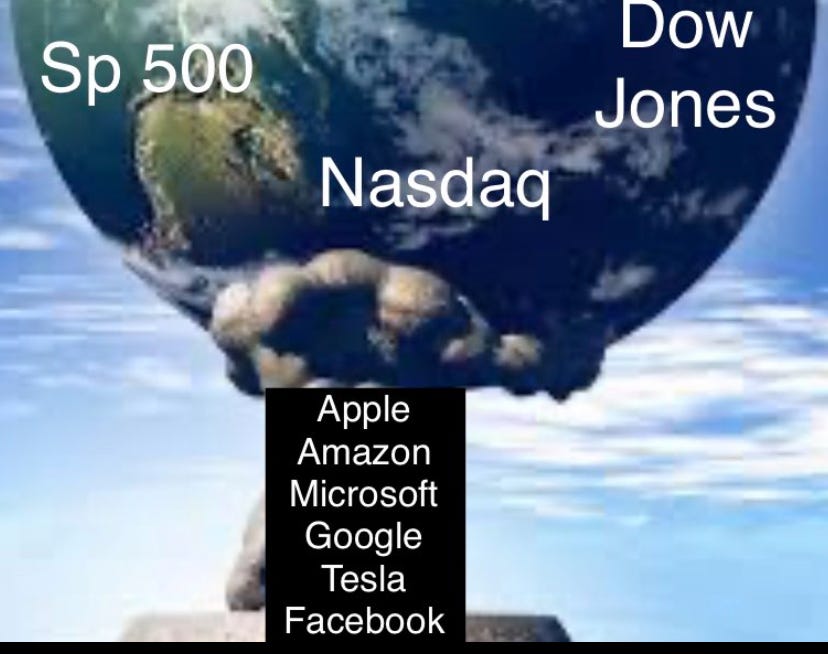
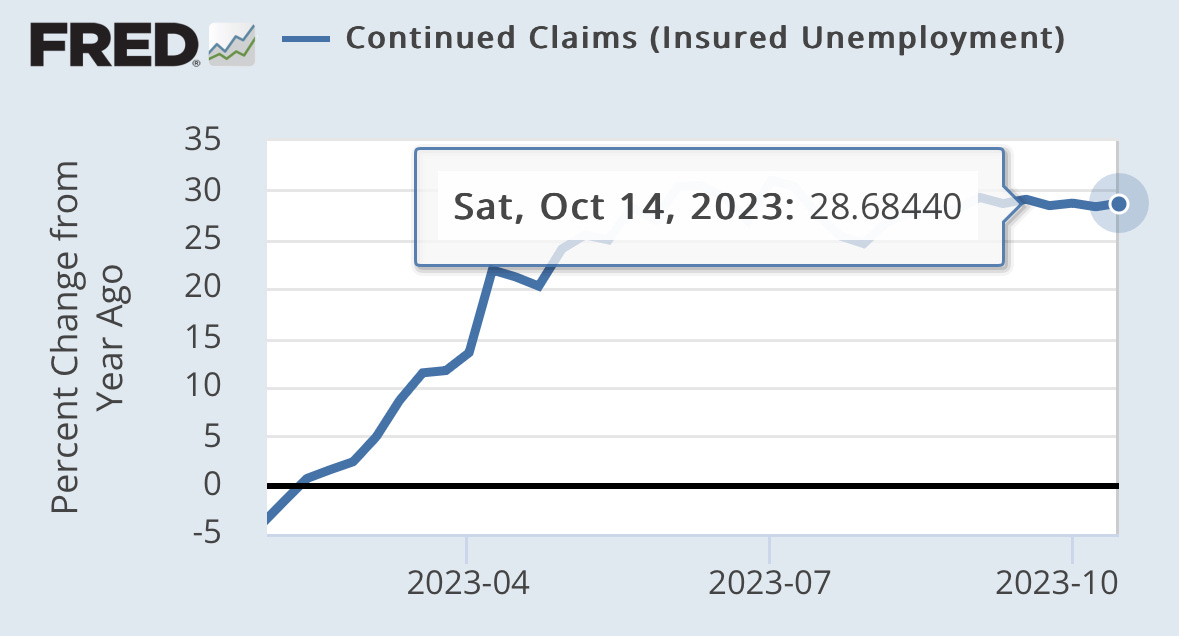
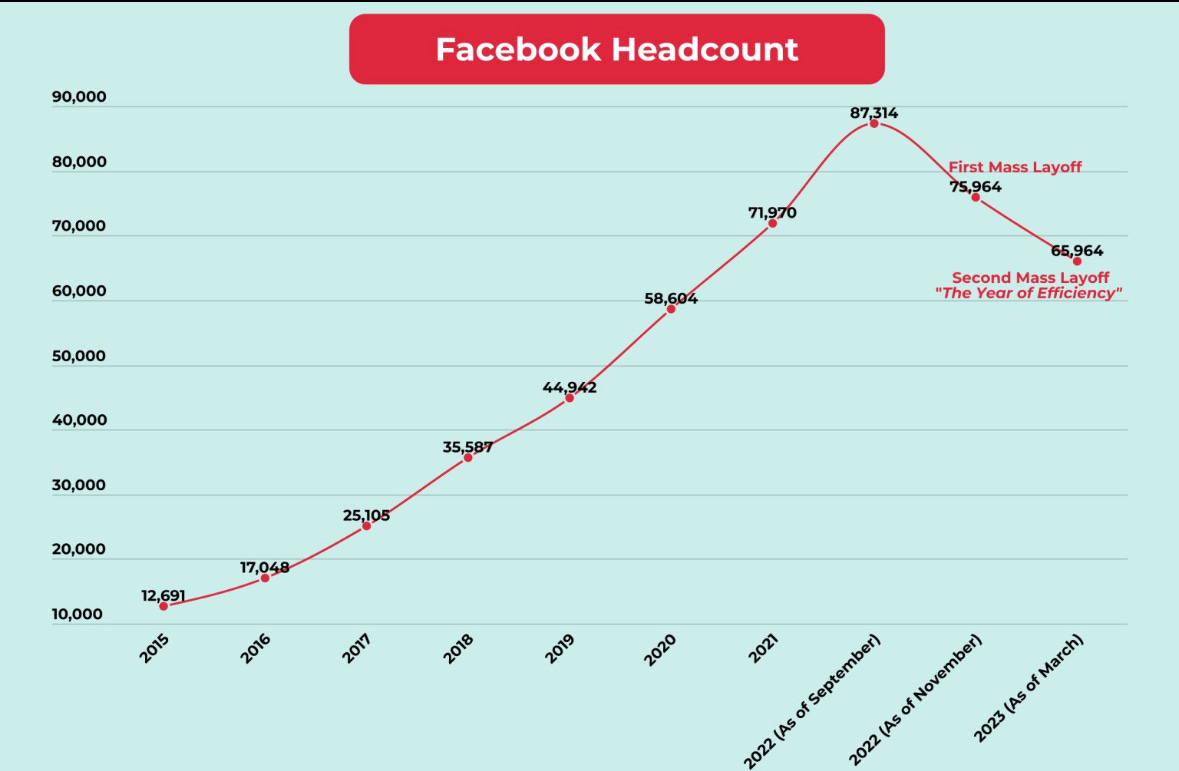
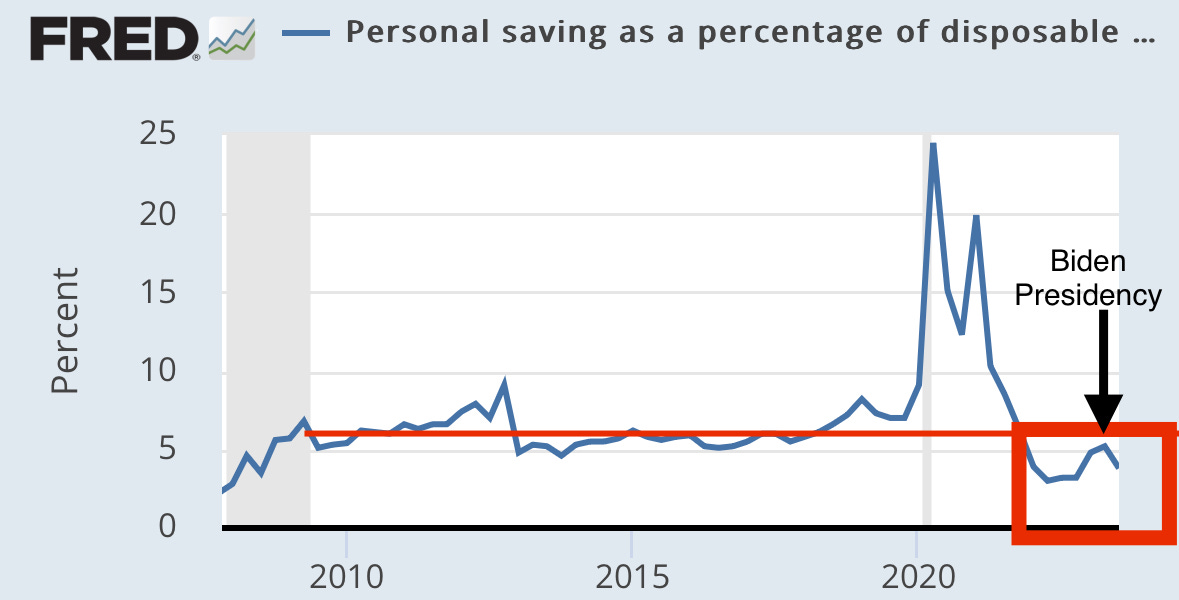
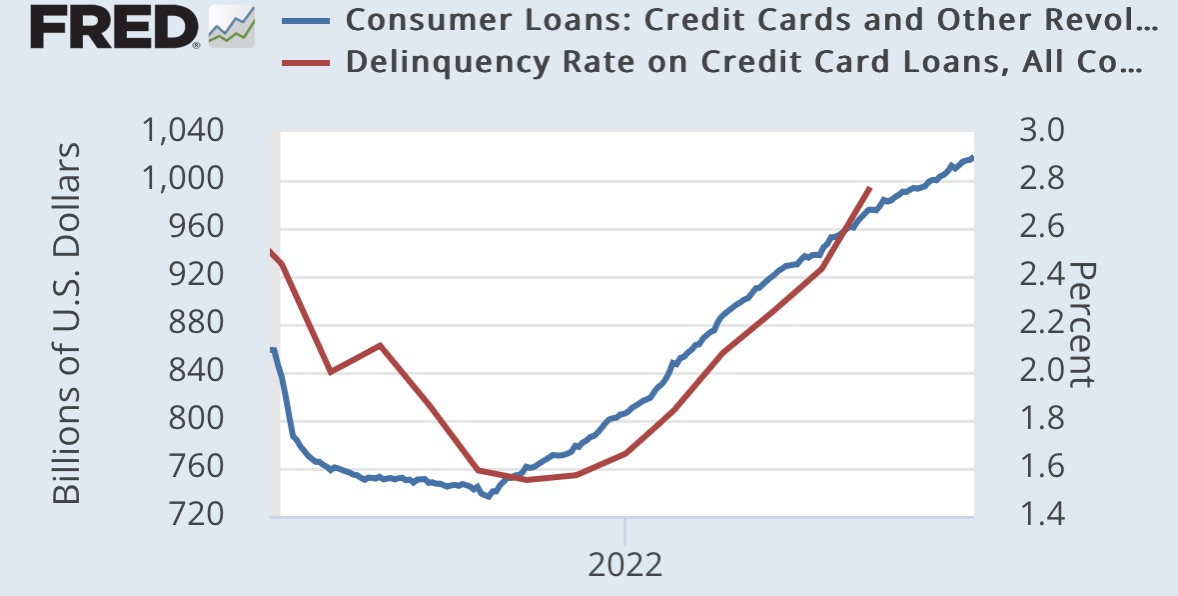
On July 26,2023, the Federal Reserve DROPS #recession forecast. Since then the following asset performance:
#Gold +4%
#Nasdaq -12%
#SP500 -10%
#Dow -9%
#RealEstate -4%